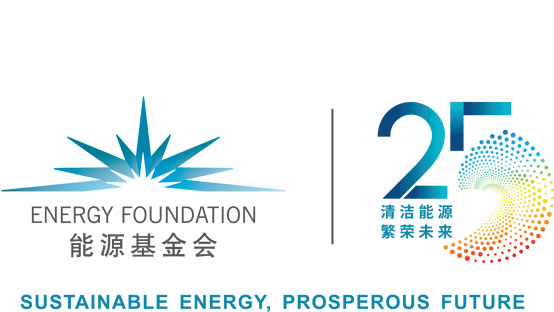Introduction to the Low Carbon Economic Growth Program
In the context of carbon neutrality, the transition of China to a net-zero emissions pathway will both address climate change challenges and provide best practice solutions to a new growth model for the economy. On the demand side, the low carbon transition will create demand for high-value goods and services, provide a stimulus to the efficient consumption of resources, and shift to low carbon investment. On the supply side, it will support innovation, facilitate the transition away from carbon-intensive capital, strengthen the investment in natural and human capital, and rebuild a more balanced portfolio of wealth stocks. To achieve carbon neutrality early, a series of systematic socio-economic changes are needed, including a new economic performance assessment centered on nature capital, green fiscal and financial systems, incentives for sustainable infrastructure and net-zero technology innovation, and just transition solutions. The low carbon transition will help China and the world realize multiple goals for economy, society, energy, climate, and the environment.
The Overarching Goal:
China adopts a new economic model that harnesses fresh growth drivers to deliver high-quality development, facilitates initiatives to build a green country with world-class air quality, peaks carbon emissions as early as possible, and places the country on a trajectory for net-zero greenhouse gas emissions by 2060.
Program Initiatives:
- Build awareness of the value of a low carbon growth model, support setting targets and pathways, and facilitate the development of new metrics to support measurement;
- Support markets for—and hence investments in—natural capital and the technologies that help to preserve or enhance it;
- Enhance understanding in the finance sector of the opportunities and risks from a low carbon transition, and facilitate the capital flows that will finance the natural, produced, and human capital needed for net zero emissions;
- Facilitate the delivery of sustainable infrastructure by increasing understanding of what it is and why it is important, how much is needed, and what enabling conditions it requires;
- Redirect China’s innovation activity toward low carbon products and technologies that support net zero goals; and
- Support economic diversification and the just transition by ensuring that there are economic opportunities for those currently involved in high carbon activities.






